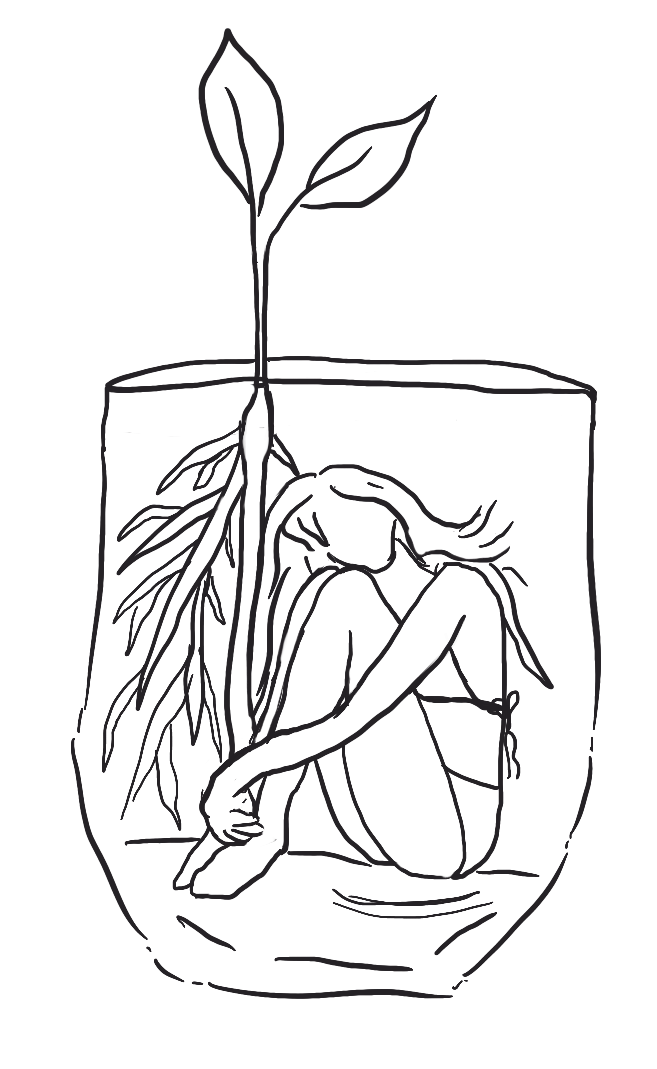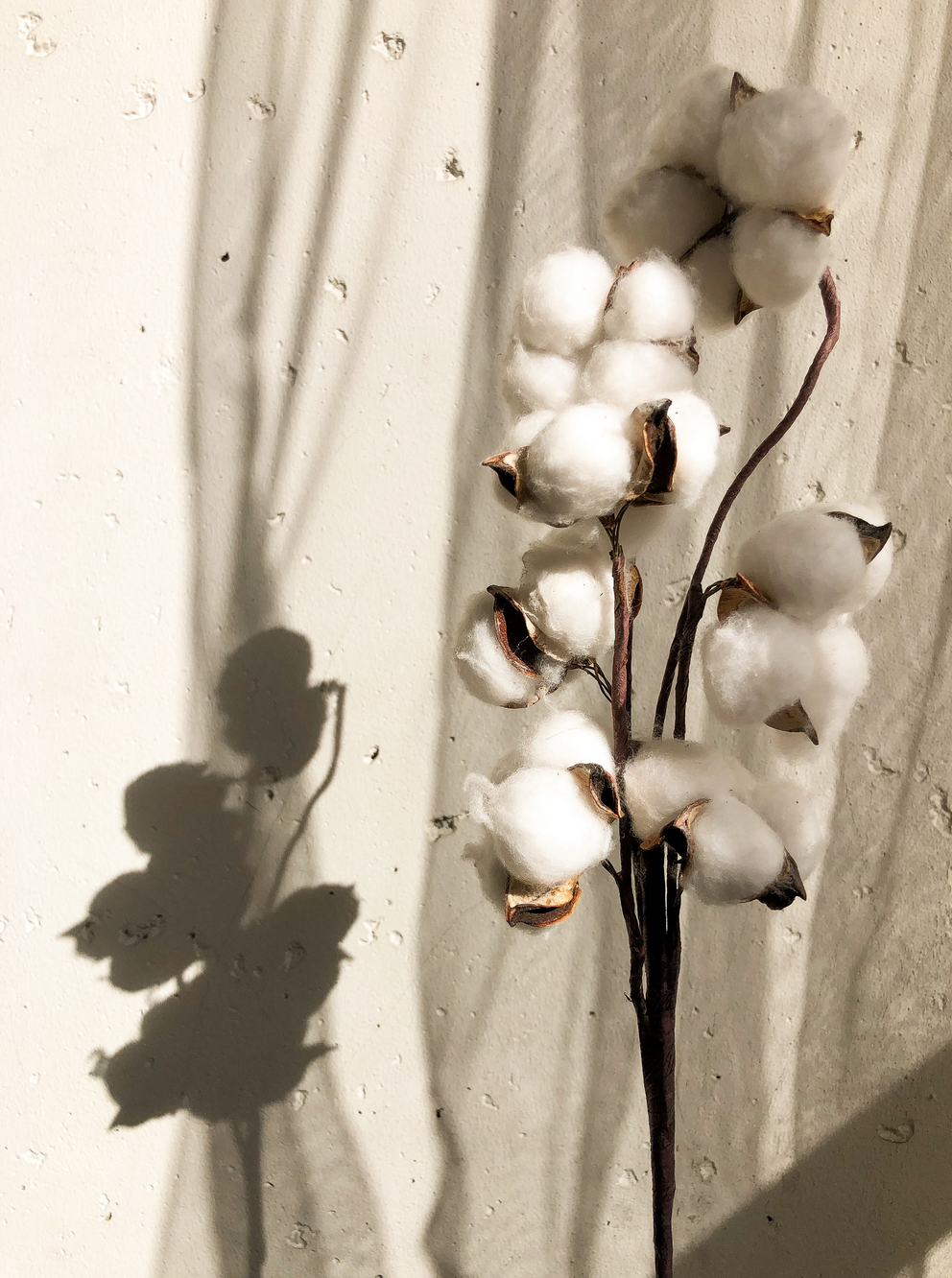Fifty Shades of Bamboo
Bamboo is one of the most abundant and versatile plants on Earth. It is sustainable as it requires no pesticides, fertilizers, or irrigation. It also grows rapidly and improves the quality of the soil by curbing erosion. Bamboo plays an important role in protecting the environment from global warming caused by carbon dioxide by producing 30% more oxygen than trees.
Bamboo has several applications, mainly in construction, food, furniture, biofuel, paper and fabrics. It is also used to manufacture several sustainable products such as toothbrushes, water bottles, toilet paper, and straws. It is slowly replacing plastic products, which cause a lot of environmental damage.
Bamboo also finds major application in clothing. It yields up to twenty times more fiber than trees and regenerates without plowing or replanting. It can also be grown on soil that has been damaged by overgrazing.
History of Bamboo Textiles
Although bamboo fabrics entered the commercial market in early 2000, their history goes back to the mid-1800s. The earliest records of US patents involving bamboo was made by Philip Lichtenstadt in 1864. His idea was to create a new and useful process for disintegrating the fiber of bamboo so that it can be used in manufacturing clothes, mats, or pulp for paper. However, his patent never materialized into popular goods, probably due to the low demand for bamboo and high transportation costs from Asia.
In 2001, Beijing University became accredited as the first institution to successfully transform bamboo into cloth. The production process involved using modern-day solvents to dissolve the bamboo pulp, followed by a dying process to turn the fabric white. From early 2004 to the present, bamboo clothing has grown at an exponential rate.
The journey from plant to fabric
So, how exactly is the bamboo plant converted to soft fabric? Well, the journey starts with crushing the soft inner pith of the bamboo trunk into smaller pieces. These pieces are then left to soak in water for 12 to 24 hours. After that, the solution is pulped until it separates into thin threads of fiber, which are spun and dyed for weaving. The result of this process is a silky soft bamboo fabric that feels like kisses on the skin.
Why should you choose bamboo clothing?
- It is green, eco-friendly, and good for the planet. The bamboo plant requires only one-third of the water that cotton needs to grow. It grows fast, as quick as a meter a day. It also gives more fiber than cotton - 1 acre of bamboo gives 10 times more fiber than 1 acre of a cotton plantation.
- Bamboo is hypoallergenic as its fibers are naturally smooth and round, which helps minimizes the friction against your skin. Bamboo is the perfect clothing fabric for individuals with skin conditions like eczema.
- It is breathable as it is covered with micro gaps, which allow ventilation and moisture absorption.
- Bamboo has anti-microbial, anti-fungal, and anti-bacterial properties because of a natural bio-agent called bamboo Kun. It is the presence of bamboo Kun which allows the bamboo plant to flourish without the use of pesticides and fertilizers.
- Bamboo fabric is three degrees cooler than cotton fabric
At Blue Canoe, we have a range of bamboo clothes from tights to jackets, that will make a great addition to your sustainable wardrobe. Try our various styles to experience the look and feel of bamboo clothing.
Blue Canoe. Bamboo clothing for rash-free skin!




